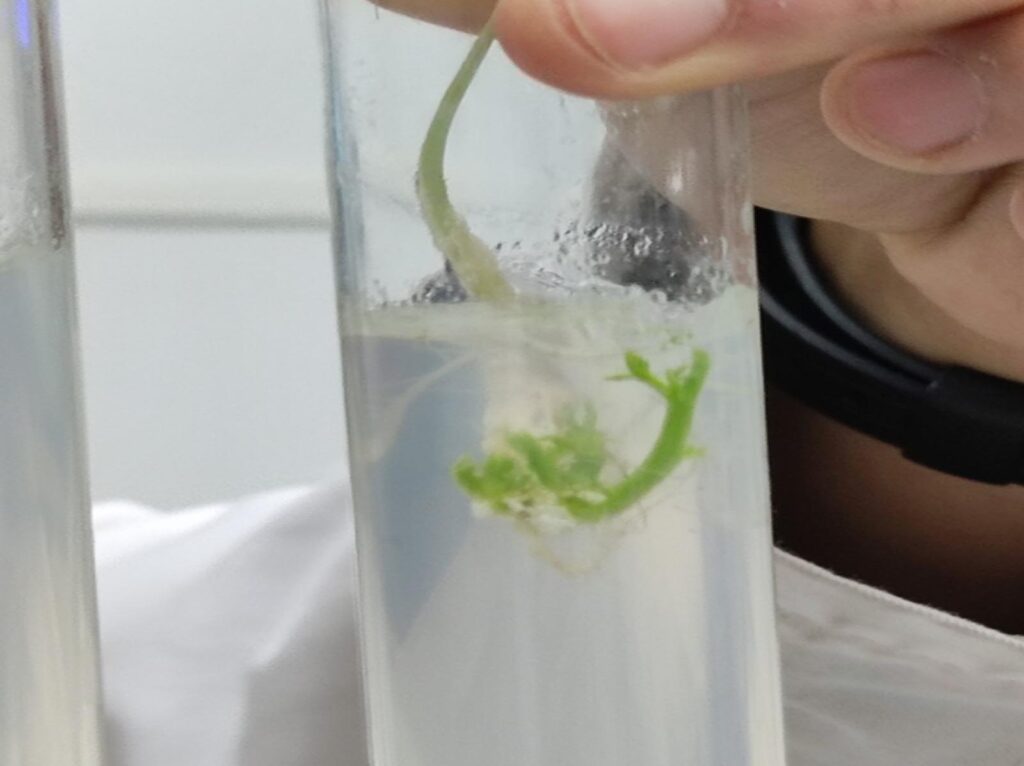
Plant secondary metabolites are known to have a variety of biological activities beneficial to human health. They are becoming more popular as a esulto f their unique features and account for a major portion of the pharmacological industry. However, obtaining secondary metabolites directly from wild plants has substantial drawbacks, such as taking a long time, posing a risk of species extinction owing to over-exploitation, and producing a limited quantity.
Thus, there is a paradigm shift towards the employment of plant tissue culture techniques for the production of key secondary metabolites in vitro. Elicitation appears to be a viable method for increasing phytochemical content and improving the quality of medicinal plants and fruits and vegetables. In vitro culture elicitation activates the plant’s defense response and increases the synthesis of secondary metabolites in larger proportions, which are helpful for therapeutic purposes.
In this respect, light has emerged as a unique and efficient elicitor for enhancing the in vitro production of pharmacologically important secondary metabolites. Various types of light (UV, fluorescent, and LEDs) have been found as elicitors of secondary metabolites.
Hashim M; Ahmad B; Drouet S; Hano C; Abbasi B; Anjum S.
Plants (2021) 10(8), 1521
https://doi.org/10.3390/plants10081521


